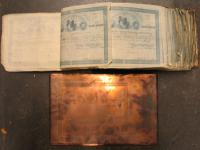In November the Conservation Department at HSP started its latest grant project; conserving the Bank of North America Collection.Generously funded by Wells Fargo, this project will focus on repairing approximately 650 volumes, 400 graphics, and several boxes of loose manuscripts. Over the next three years conservation staff will be reparing and stabilizing ledgers, minute books, account books, stock certificates, and currency of the first bank in the United States. The collection is also being processed and we look forward to a new finding aid to help research within the collection.
We are excited to be working on such an important collection. Conservation technicians, Alina Josan, Leah Mackin and Sun Young Kang spent the first week assessing and assigning a priority number to each volume.
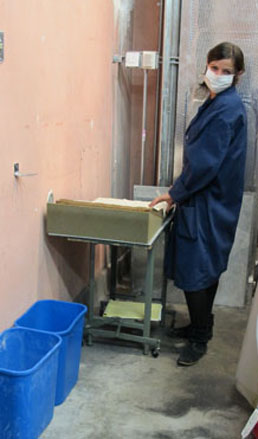
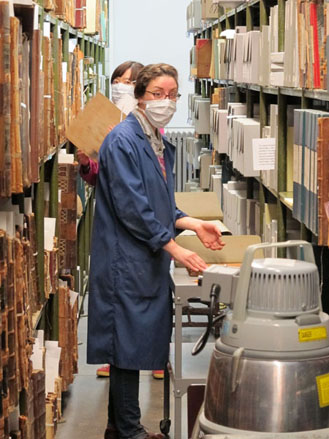
A book ranking a 5 needs the most work, while a 1 is in excellent condition and will mostly likely only be vacuumed.
The bank records have been on deposit with HSP since the 1920’s. Since then, many researchers have used the collection, but to us, the Conservation staff, much of this is new. We have the opportunity to work quite intimately with the materials and are looking forward to the exciting little discoveries. We will share some of the finds we think are most interesting. For example:
*Here is the request by the bank to Benjamin Franklin Bache (Ben Franklin's grandson) to print pennies.

*Clerks of the 18th and 19th centuries spent just as much time doodling on the covers of their notebooks as we did in school.
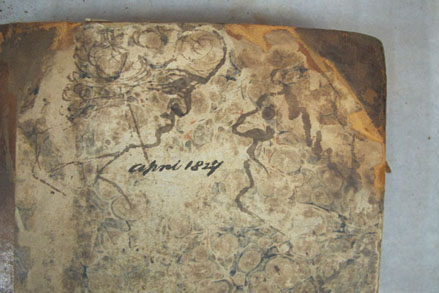
*There are quirky things we find amusing, such as interesting typo’s...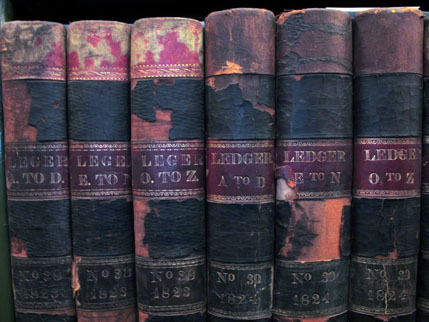
How do you spell ledger?
*The copper printing plates for currency and stock certificates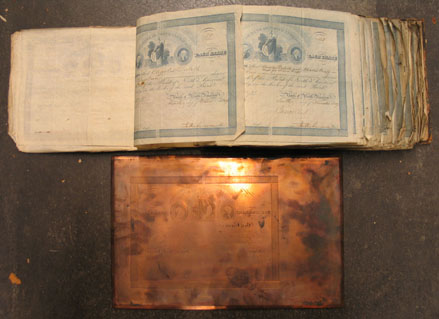
*and my personal favorite so far, a typed note next to Mordecai Lewis’ account, informing us that this account was continuously open for the entire existence of the bank.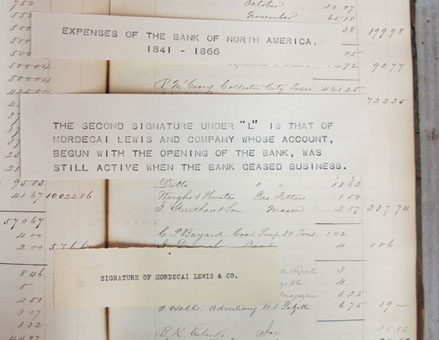
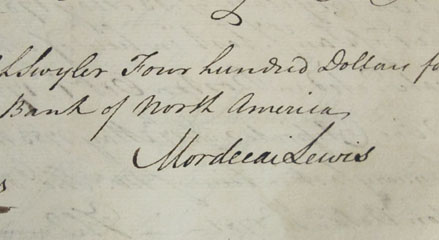
We will also write posts about how we are actually doing the conservation work. It will not be without its challenges. For one thing, most of the ledgers are approximately 20 inches tall and some as thick as 6 inches. These are very big books! So big that they don’t fit into our standard book binding equipment and we have had to be very inventive.
Check in with us during the next three years; we will be blogging about our challenges and discoveries. Be sure to check out our flickr stream as well. You can find that here.

